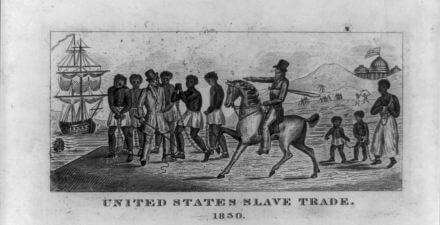The Contribution of Enslaved Workers to Output and Growth in the Antebellum United States
This working paper and its accompanying column are now undergoing revisions by the author, with the intention of reposting the updated version of the working paper and a new column on the topic shortly.
Authors:
Mark Stelzner, Connecticut College
Sven Beckert, Harvard University
Abstract:
Estimating the contribution of enslaved workers to output and growth in the United States during the first half of the nineteenth century is a crucial building block to better understand the contours of nineteenth-century US economic history, and, more generally, the connection between slavery and capitalism. To date, no such estimates exist. In this paper, we use data on slave valuations to calculate the contribution made by enslaved workers to regional and national commodity output in 1839 and 1859 and to the growth in per capita commodity output in the twenty years before the Civil War. We find that enslaved workers were responsible for somewhere between 18.7 and 24.3 percent of the increase in commodity output per capita nationally between 1839 and 1859 – comparable to the increase in commodity output deriving from the beginnings of the Industrial Revolution in New England.




